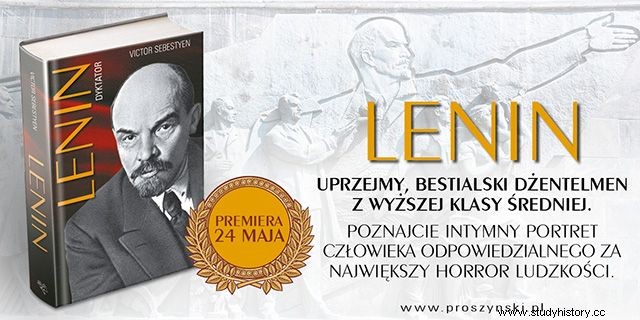Parasite, brown thug, speckled dwarf? The communists not only used insults, but also created them with passion. In the mouths of Lenin or Trotsky, even ... "Pole" could be a curse. How else did the Bolsheviks insult themselves?
The father of the October Revolution, Vladimir Lenin, already knew that the right language would take over the minds of the crowd. It was no coincidence that he himself used the language of the street in his speeches and texts. The rhetoric of the Bolshevik leader was noted, among others, by Victor Sebestyen in his book "Lenin. The Dictator " :
He was almost always dominant, aggressive, combative, and often outright spiteful. He abused his opponents by making them submissive by deliberately using violent language, which he admitted is "calculated to cause hatred, disgust, condemnation ... not to convince, not to correct the opponent's mistakes, but to him / her. destroy, sweep him and his organization off the face of the earth. ”
The need for an enemy
This strategy was evident in the writings of the first Red Tsar even before 1917. His aggressive language caught on quickly and soon changed the logic and style of political debates in the radical camp. From then on, they ruthlessly resorted to various rhetorical devices that had one main goal - to mobilize the masses.
This peculiar phenomenon of the communist state is explained by the political scientist, professor Krystyna Trembicka, who wrote that "Political regimes modeled on the Soviet regime, mobilizing in essence, needed enemies." The researcher adds:"Mobilization, which in the first stage of the state's development was aimed at rebuilding the country and then defending the status quo, required activation against various types of enemies."
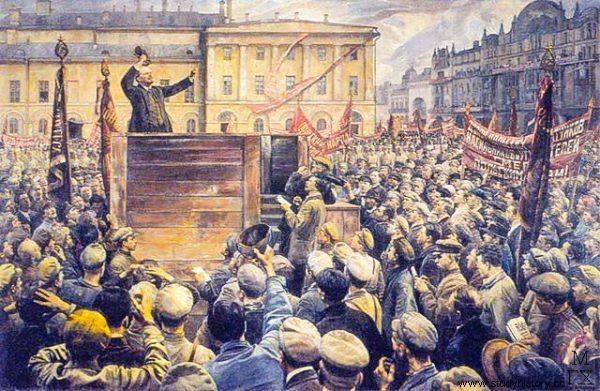
The leaders of the October Revolution knew that they could use the right words to raise the crowd to fight.
Vladimir Ilyich was the first to consistently use language to guide the activities of the crowd. Successive generations of communists around the world followed his example. This is argued by Victor Sebestyen in his book Lenin. The Dictator " :
From the first days in the dissident salons of Saint Petersburg [Lenin - ed. M.Z.] developed a method that distinguished him from other radical agitators; he almost independently changed the language of the revolutionary left, which adopted this harsh and aggressive pattern created by him.
Throughout the entire communist world, the political debate between so-called comrades - not to mention ideological opponents - was marked by sharp insults and insults. The exchange of impertinence was justified precisely by the fact that Lenin did so.
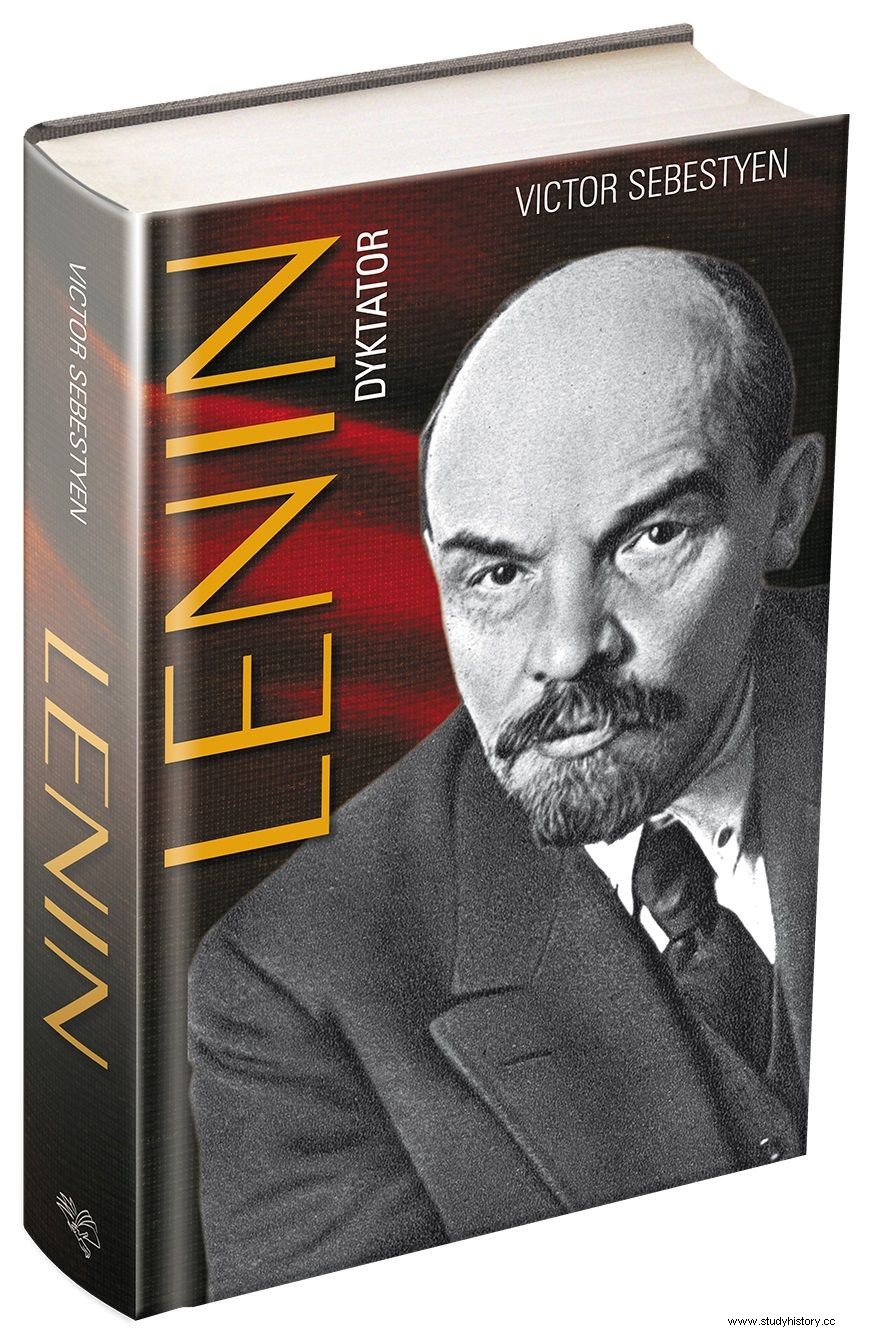
The invectives that appeared in the texts of the revolutionary leader and his followers throughout the 20th century perfectly reflect the style of their thinking. Which deserve special attention?
From scoundrel to… Pole
At the beginning, it is worth looking at the classic and the pioneer of the linguistic trend, i.e. Lenin himself. He used many offensive phrases, but two have a unique position: scoundrel and parasite . The first was reserved for every enemy of the revolution, including Leon Trotsky. It was about him that Ilyich referred to as "the scoundrel" or used to call him "Judas Trotsky". In turn, "parasites" were class enemies. During one of his speeches during the Russian Civil War, the leader of the radicals said:
These parasites that have sucked the blood of the people for so long must know that neither freedom nor equality will give them back their lost wealth, which will go safely into the hands of the workers. Wherever the bourgeoisie rules, it does nothing to the toiling masses.
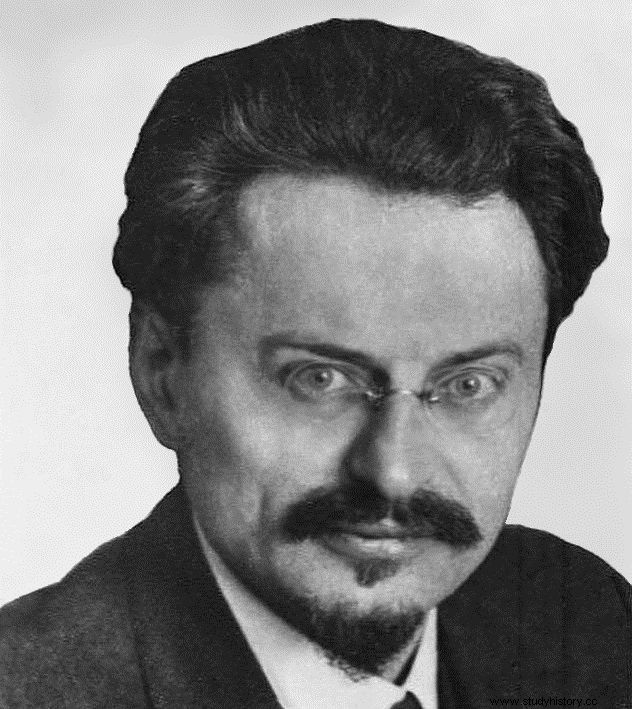
Lev Trotsky was one of Lenin's main collaborators for many years. Only later did he become a "bastard" and "Judas".
As you can guess, such effective propaganda did not lose its strength in the years following Lenin's death. Although Stalin was devoid of the imagination of his predecessor, he had some "exceptionally" talented executioners around him ... of the language.
One of them was the USSR Foreign Affairs Commissar Vyacheslav Molotov, who in October 1939 turned against Poland, calling it " a monstrous bastard of the Versailles Treaty ". For many decades, this unusual profanity defined the negative, even hateful attitude of the communists towards the Polish-Lithuanian Commonwealth. This is explained by Nikolai Ivanov in his book "Communism in Polish", who wrote that this baroque term was:
[…] the essence of the Soviet approach to Polish independence […]. A similar degrading sentence was quite often used against the Second Polish Republic by Soviet propaganda in the twenties. In the 1930s, they were temporarily removed from the list of propaganda tools in force. It was restored on the occasion of the Soviet-German partition of Poland.
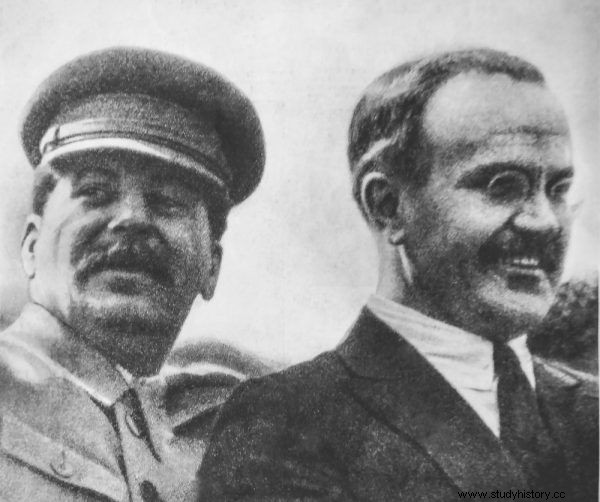
Stalin was not very creative with the epithets he bestowed on his enemies. People like Vyacheslav Molotov were helping him to invent them.
However, this is not the end when it comes to hostility towards the country on the Vistula River and its inhabitants. In the Soviet press and the media, an extremely "offensive" epithet also made a career, namely ... " Pole ”.
Ivanov says that during the entire interwar period in the USSR, the image of "the enemy of Poland" was created. The Second Polish Republic was considered "the main tool of world imperialism". In the end it got to the point that "the words" Pole "and" Poland "in the USSR of the 1930s were synonyms of betrayal and hostility towards the state and the Soviet system" .
Thugs and Dogs
The constant emphasis on hostility towards the western neighbors made Stalin and his entourage in a lot of trouble after the Third Reich attacked the Soviet Union. How can you suddenly start courting about 1.5 million Polish citizens arrested and held in Soviet camps?
Wanda Wasilewska came to the aid of the Soviets, whose enthusiasm and naivety were an invaluable treasure of communist propaganda. In her exalted speeches, she primarily emphasized the harms caused by the Third Reich during the war. It was hoped that this would distract attention from the case of the attack on Poland.
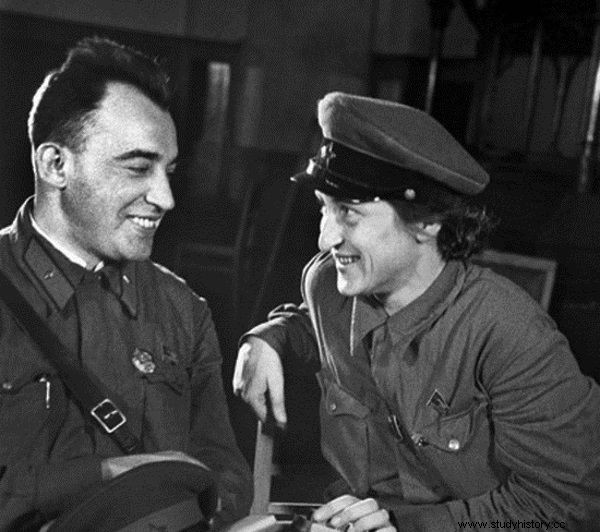
"Brunatne zbiry" and "Nazi dogs" are one of the many terms Wanda Wasilewska used in relation to the Nazis.
The talented activist portrayed Nazi Germany very vividly. Two terms in particular are worth recalling. Both were used on the same day, May 9, 1943, during the All-Slavic Congress in Moscow. Brothers in Poland! The ground is burning under the feet of the brown thug , he feels the inevitable doom coming at him, he feels powerful blows on the eastern front from the hands of the Red Army [...] "- said Wasilewska.
In the appeal received during the meeting, we read:"Wherever our Slavic speech resounds, organize partisan units and, with arms in hand, beat Nazi dogs ". In this context, we can once again quote Professor Krystyna Trembicka, who explains that "the communist world was composed primarily of enemies".
It was no different right after the end of the Second World War. In 1945, a poster by Włodzimierz Zakrzewski was published in Poland, entitled "The giant and the spit dwarf of reaction . ". Unambiguous in its message and message, it revealed the intentions of the people's government, which in this way tried to discredit the activities of the Home Army. Communist propagandists were severely disappointed because the poster was received negatively. And the population still remembered the recent events of the Warsaw Uprising and of 1939.

Reaction, Revision, Zionism
Another frequently used epithet against anti-communist forces was " reactionary underground " ". It referred to all military activities aimed at the people's power, which of course presented itself - in opposition to this - as the only force of progress. It was especially popular in the second half of the 1940s, when the fights between the anti-communist association "Freedom and Independence" and the UB continued.
In the post-war years in Poland, communist propaganda grew in strength, and with the acquisition of full power, it tried to shape the attitudes of subsequent generations. Two of the dozens of invectives have been written into the official language of the authorities for many years and permanently remembered by witnesses - revisionists and Zionists .
Both terms were "popularized" by Władysław Gomułka, the first secretary of the Central Committee of the Polish United Workers' Party in 1956-1970. "Revisionists were called activists, philosophers and journalists with radical views who were active in connection with the events of 1956," explains Professor Trembicka. These were the ones who, during the thaw, were hoping to bring about changes in various areas of life.
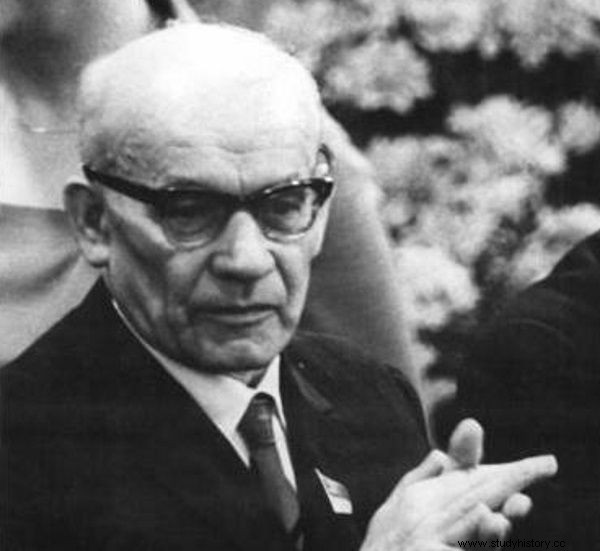
Władysław Gomułka contributed to the spread of the epithet "Zionist".
In turn, society in Poland heard about the Zionists in the years 1967-1968. It was clearly anti-Semitic which was used for the first time on June 19, 1967 by Gomułka in the context of the Israeli-Arab war. The genesis of this invective is explained by prof. Krystyna Trembicka:
Zionists was a substitute for official propaganda, a very flexible enemy name that applied to different groups as needed:on the one hand, it could refer to people considered to be Jews or their friends, on the other hand, she suggested that it was not about all the Jews, but only about a certain group of them.
The mentioned ten invectives certainly do not exhaust the topic. It must be remembered that communist propaganda developed, and in China and North Korea it continues to develop the language depending on the needs. After all, as Professor Jerzy Bralczyk wrote, "making politics is done, among other things, by the conscious use of language". And yet at any moment a new enemy may appear, just waiting for the appropriate epithet.
Bibliography:
- Jerzy Bralczyk, On the language of Polish political propaganda of the seventies, Trio 2001 publishing house.
- Nikolai Ivanov, Communism in Polish, Wydawnictwo Literackie 2017.
- Viktor Sebestyen, Lenin. Dictator , Prószyński Publishing House and company 2018.
- Krystyna Trembicka, The category of the enemy in communist Poland in 1956-1989 , [in:] "Annales Universitatis Mariae Curie-Skłodowska", Sectio K, Political Science. Vol. 21 (2014).
- Wanda Wasilewska, For a free and democratic , Military Historical Institute 1985.
You must have this biography of the leader of the October revolution on your shelf:
